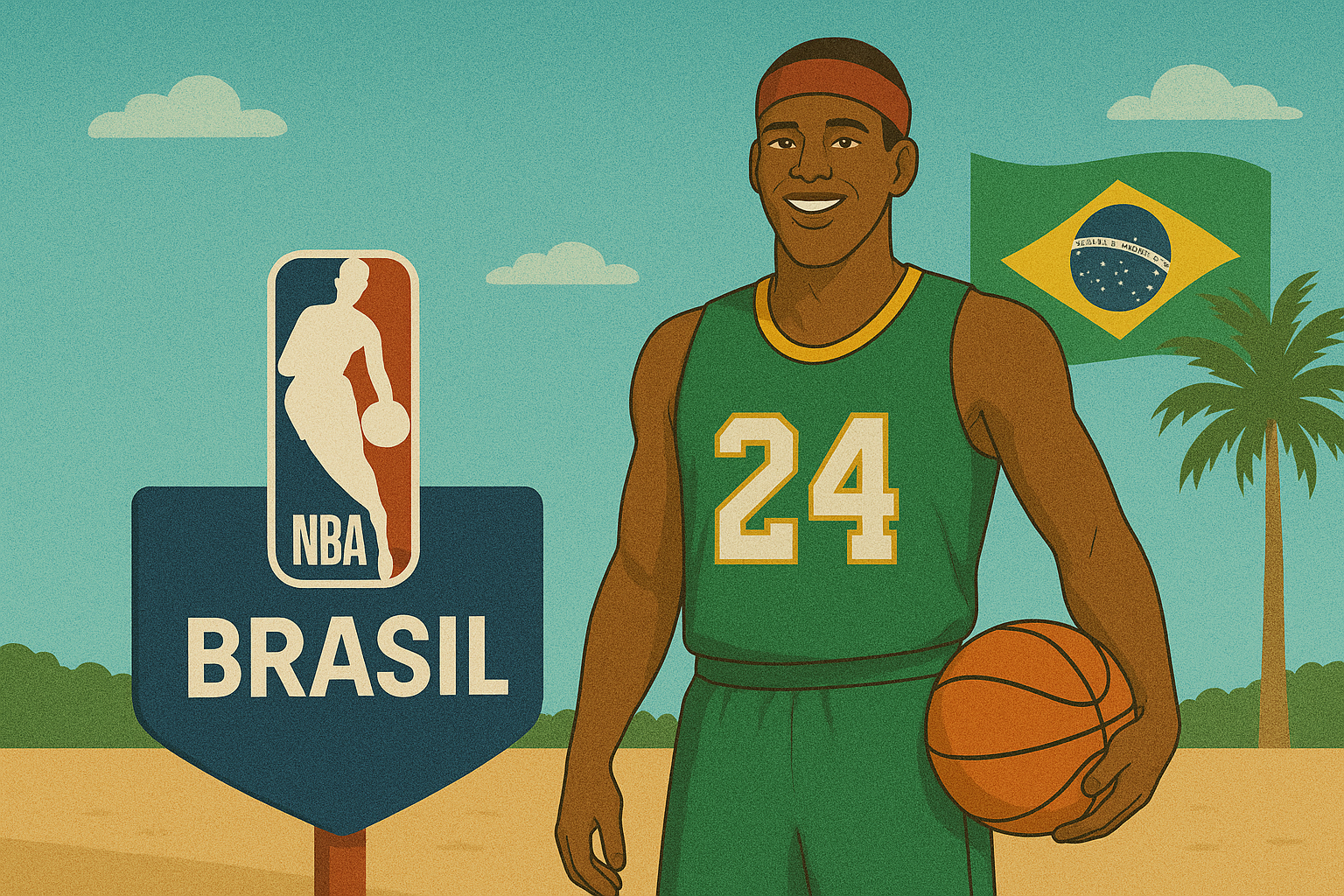Right on Hereford, left on Boylston: A Look at the Boston Marathon

No other running event outside of the Olympics attracts as much attention as the Boston Marathon. Yes, there are myriad other events that draw large crowds, such as the US Track and Field Championships, or Diamond Grand Prix events across the globe. There are also other storied marathons, the rest of the so-called Global Majors: Tokyo, Chicago, New York, London and Berlin. But nothing captures the imagination quite like Boston, which can draw half a million spectators along the length of its course.
It’s not the biggest marathon — New York and Chicago among many others have far more participants than the roughly 30,000 who toed the starting line west of the city this morning. But it is the oldest, and beyond tradition, it’s also known for the iconic imagery which has come to define it. From Heartbreak Hill to the story of Rosie Ruíz, no event has captured the imagination as much as Boston.
ESPN, NY Times Level Up Coverage
ESPN, who will covering this year’s race in conjunction with local television station WCVB, has given it point of pride, where it will be shown for the first time since 2004. It was covered live in both English and Spanish, the latter for the first time ever on ESPN Deportes. In addition to race coverage, the network also had a special live edition of SportsCenter with Michelle Steele.
The New York Times, the country’s most widely-read news site, also increased its coverage, with multiple reporters live-blogging the race. This was in addition to a guide to the course, profiles of several athletes and, most importantly, a nod to the tragic events of 2013.
Marking a tragic anniversary
In 2013, the a bomb placed near the finish line killed three people and injured dozens more. In a country still uneasy over terrorism after the events of the Oklahoma City bombing and September 11, the bombing was earth-shattering, figuratively and literally. Two suspects soon were apprehended, but the event was challenging for what, for many in the city, is among their greatest exports.
To mark the ten year-anniversary, then, ESPN and the Times both placed a special emphasis on marking the tragedy. The latter included a profile of a young writer who had been friends in high school with one of the bombers, Dzhokhar Tsarnaev, as well as interviews with survivors. Even articles not ostensibly aboout the bombing made note of it — world record holder Eliud Kipchoge noted that part of his choice to run Boston this year, for the first time ever, was as a way to honor those who had lost their lives. Throughout, there was a tone of reverence and an understanding that the event was something that had truly changed the way the race was perceived in the world at large.
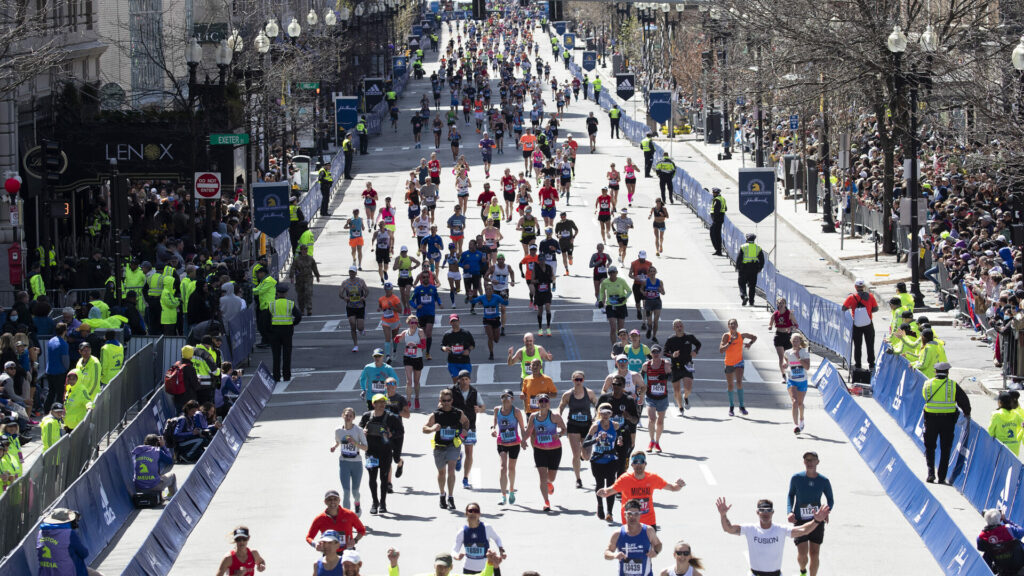
ESPN took things one step further; not only did the network have a series of vignettes about the anniversary, but they also dedicated the 8 AM airing of SportsCenter, broadcast live from the city to Martin Richard, the youngest of the bombing’s three victims. The feature marked the first time the family has talked about the passing of their son, who was just eight years old, and used a similar degree of reverence.
Telling stories of this nature is never easy, especially in the context of sports, which despite the passions they invoke in people, are often seen as an idle pursuit in the face of the loss of human life. But to both outlets’ credit, they showed the depth of resilience and the emotional importance of the race to the community, not just of Boston, but of runners worldwide. This sort of storytelling is the hallmark of top-level media outlets, and is a welcome, if sobering example of the importance of storytelling in the media.
Other News
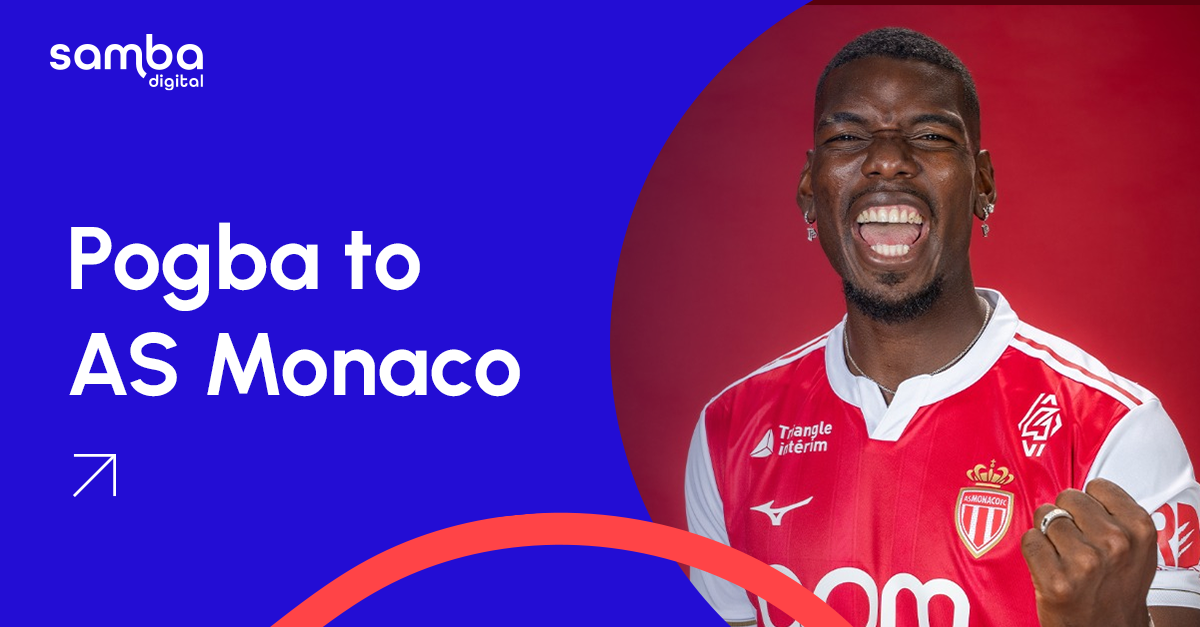
Paul Pogba at AS Monaco: A Powerful Driver of Engagement and Brand Value
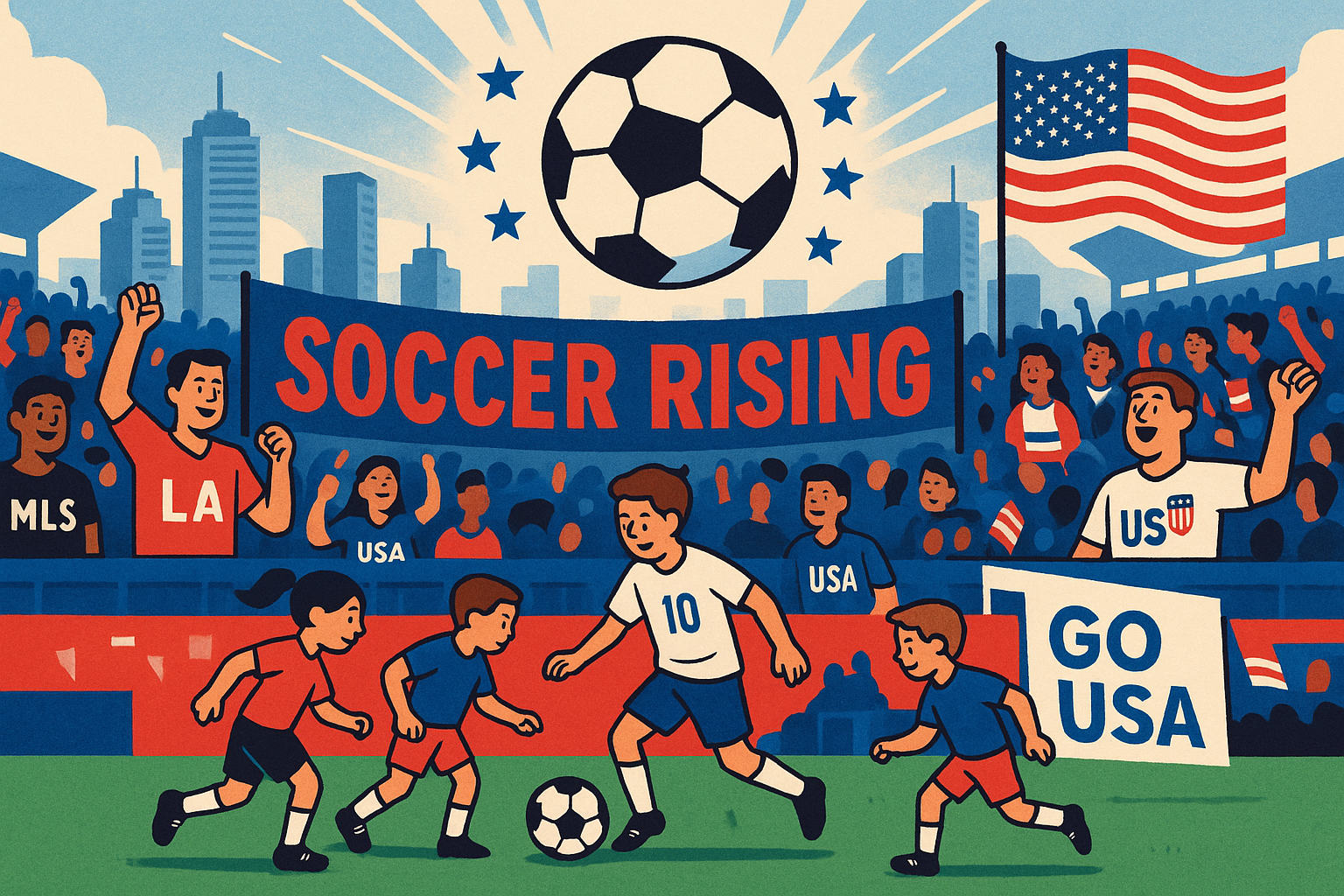
The 2026 World Cup: American Soccer Enters a New Era
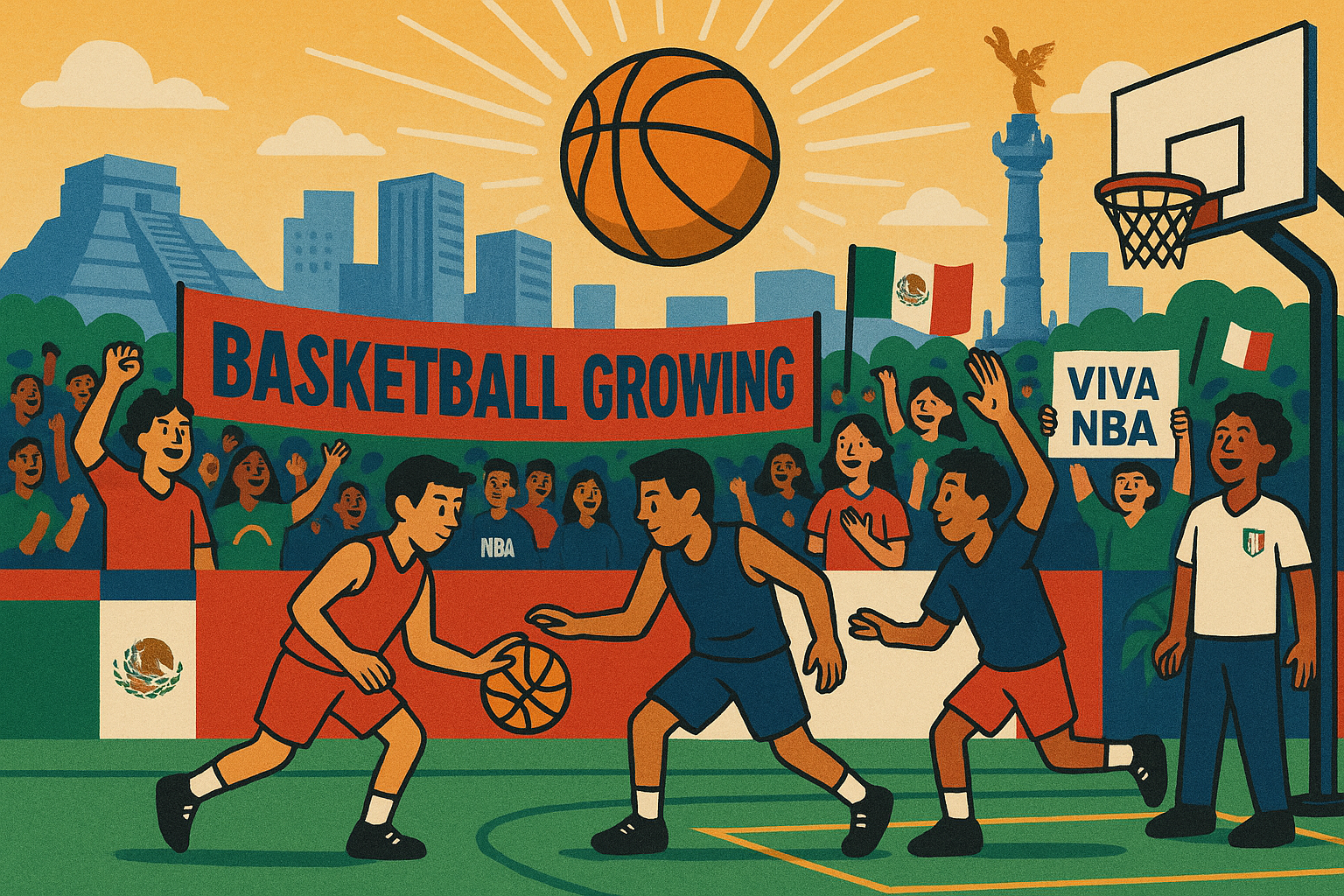
How Mexico Became the NBA’s Most Promising International Market
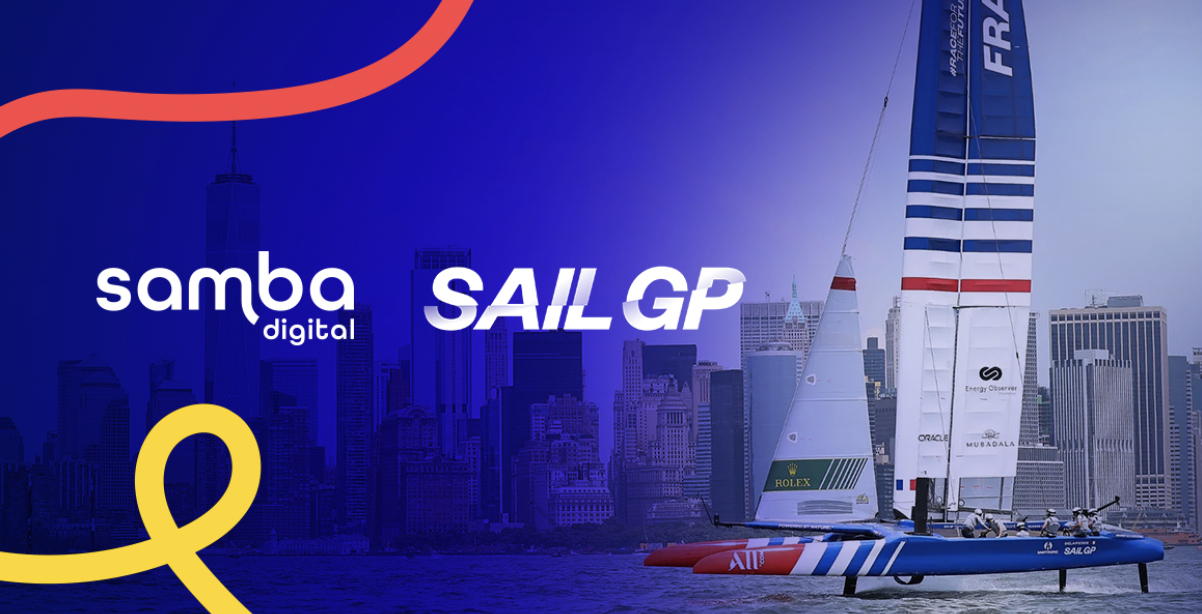
Samba Digital teams up with SailGP to strengthen its visibility through influence

Iron Heads join forces with Samba Digital to expand their global footprint
